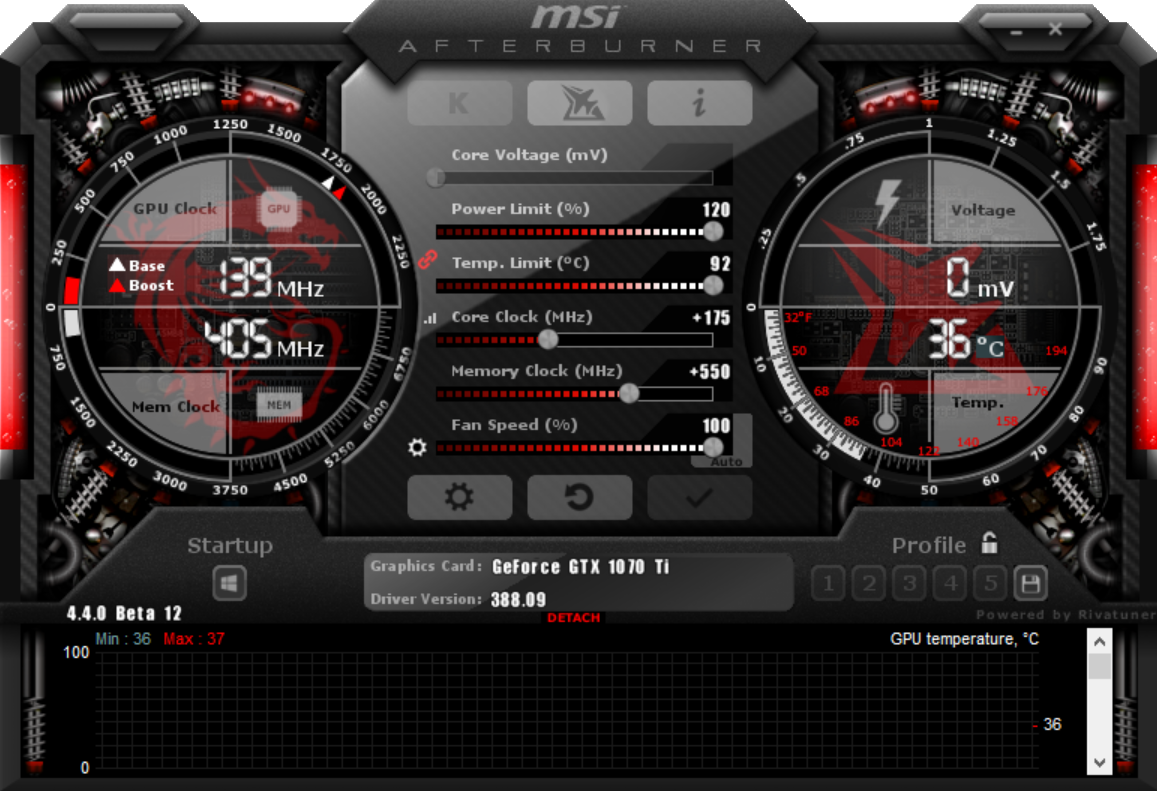
That said, it is important to also keep in mind the ideal recommended ceiling temperature of a GPU as 80C so that you can work to build your clocking and cooling activities around this figure. It is important to decide what end outcome you will be happy with before you work to alter clocking or cool your components. You may have a personal preference for performance over noise or noise over performance. Before you embark on the journey of changing and improving your GPU’s fan curve, define for yourself what that improvement means.

If you overclock your GPU, it may deliver better performance but it will heat up your device causing you to have to amp up your fan activity which will in turn produce a noisier sound profile that takes away from your overall user experience. With any computing component inside your PC, there is a trade-off between performance, temperature, and noise. Noise vs Cooling: What Are You Willing To Settle For? Therefore, it’s critical to ensure that your GPU is kept cool and under 80C for optimal and safe usage. But once it gets older than that, its tolerance will decline with use and as it is kept in a constantly heating (heavy usage) condition, its functions will wear out. For newer devices, your GPU will be able to tolerate this high temperature (as long as it falls within the manufacturer defined tolerance range) for the first six months when you’re breaking it in. Often times with intensive usage, you’re bound to cross this threshold and hit about 95C. The rule of thumb when it comes to controlling the temperature of your GPU is to not let it exceed 80C.

However, we will discuss some general guidelines when it comes to GPU temperature regulation. For the specific thermal tolerance of your GPU, you can find it in the manufacturer’s guide for your product. Some high-end GPUs claim to be able to tolerate 95C to 105C of temperature as well but once this maximum threshold is crossed, the device will shut off automatically to prevent permanent damage to its components.ġ00C is the temperature at which if you were to get any water on that component, it would sizzle and evaporate instantly, so you can imagine that while some manufacturers declare this range as the upper limit of their device’s temperature tolerance, it is not at all recommended to hit this ceiling while in use. Under intensive load and processing, however, they end up faring between 60C and 85C.

This temperature range matches the room temperature or surrounding environment for the most part. GPUs tend to have an idle temperature between 30C and 40C when not in demanding use.


 0 kommentar(er)
0 kommentar(er)
